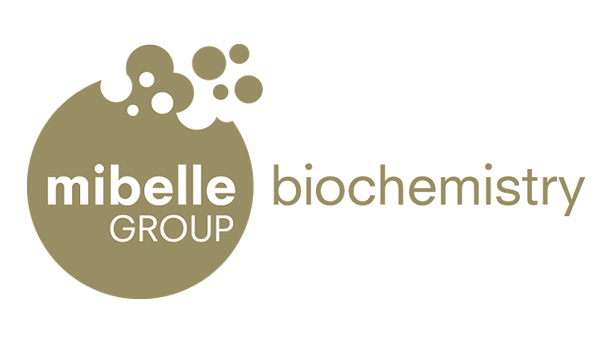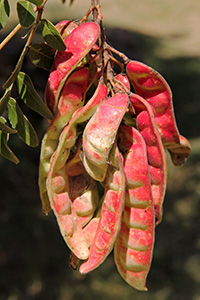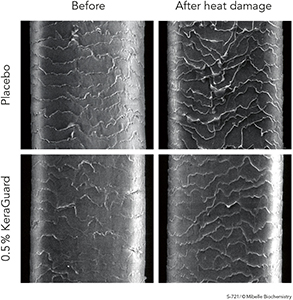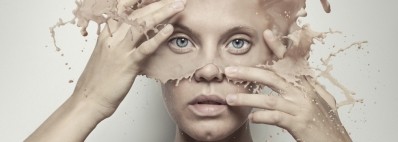Promotional Features
Powerful protection and repair for hair
KeraGuard combines tannins derived from the tara tree and an extract of sunflower sprouts. This unique combination proves to be an antioxidant. Tannins are phenolic compounds which easily bind to keratin proteins of the hair. Tests suggest, KeraGuard to protect hair from heat damage, prevents fading of colored hair and repairs bleached hair.
Hear weathering as a result of harsh treatments and environmental factors
Hair is an object of intense elaboration and preoccupation in almost all societies. Hairstyles and rituals surrounding hair care and adornment tend to convey powerful messages about the beliefs, lifestyles and commitments of a person. Therefore, our hair is regularly subjected to weathering. This is the deterioration of the hair shaft from root to tip and is the result of a range of cosmetic and environmental factors. Cosmetic practices such as combing, brushing, straightening, perming, dyeing, etc., as well as environmental factors such as exposure to UV light and polluted air can induce structural damage to the F-layer, the outermost protective layer of the hair, and the hair fiber. The cuticle becomes raised and porous, which exposes the cortex to further damage. A decrease in hair shine, color, elasticity and strength is observed, which ultimately leads to hair damage.
The roles of tara tannins and sunflower sprouts
Tara is a small leguminous tree that is native to the Peruvian Andes. It has large, colorful flowers and fruits called pods that range from a reddish to brown color.
Tara pods, which are used in traditional medicine to treat infections and improve healing, are very rich in hydrolysable tannins with gallic acid as the main constituent. Tannins have antimicrobial and astringent effects. In fact, thanks to their capacity to bind to proteins, tannins are able to inhibit the growth of fungi and bacteria by interfering with their cell walls. Tara tannins are also known as efficient antioxidants, classically as electron donors but also as metal ion chelators. Sprouts of organic sunflowers are the other component of KeraGuard. Compared to the mature plant, sprouts have a higher content of essential fatty acids, vitamins and minerals, as well as a range of phytochemicals which are required to protect the plant from diseases, damage, pathogens, extreme UV and pollutants. Phytochemicals are very abundant in the sprouts of a plant because at this stage plants are especially vulnerable. Plant seeds contain the embryo and stored food reserves. When under favorable conditions the seeds begin to germinate, the food reserves are mobilized. The fats are transformed into free fatty acids, starch into maltose and proteins into free amino acids. At this stage, some other very important nutrients start forming in the growing seed, such as vitamins, enzymes and the above mentioned phytochemicals.
Antioxidant power far in excess of other known natural sources
Electron spin resonance spectroscopy was used to measure the antioxidant power (AP) of KeraGuard. This technique is used to detect unpaired electrons in radicals. The AP of KeraGuard was determined by evaluating its capacity to reduce diphenyl-picryl-hydrazyl which is a stable radical. The AP indicates the quantity of free radicals that are neutralized according to time and therefore this value provides information about both the intensity of the reaction and its speed. A high AP corresponds to a strong capacity to neutralize free radicals correlated to a short reaction time. Benchmarked against other known antioxidant substances, the AP of KeraGuard was found to be several folds higher than that of resveratrol or green tea.
KeraGuard protects hair against UV radiation
Electron spin resonance spectroscopy was also used to demonstrate an antioxidant protection effect on hair. UV irradiation of the hair generates free radicals that are scavenged by the hair pigments, the melanin polymer. This leads to a reorganization of its electron structure which can be detected by electron spin resonance spectroscopy. Experiments on isolated hair tresses showed that KeraGuard significantly increased the hair protection against UV stress in a dose dependent manner. KeraGuard also exerts its antioxidant protection effect after rinsing/washing of the hair.
KeraGuard protects hair against urban pollution
To assess the protective effect against urban pollution, hair strands were incubated or not (control) with KeraGuard and then irradiated with UVA in the presence of a solution containing particulate matter. Carbonylated proteins as result of oxidative protein damage were labeled with specific fluorescent probes. A high increase in protein oxidation was observed upon pollution stress. However, this increase was significantly reduced in presence of 0.5% KeraGuard, both without and after rinsing.
Hair color protection against consecutive washing and UV exposure
Hair tresses were bleached, rinsed and then dyed with a commercial red hair dye. After measuring the baseline color, the hair was subjected to several washing steps followed by cycles of UV exposure and washing steps, simulating 15 days of intense sun exposure. The test products were a hair serum with 0.5% KeraGuard and the placebo serum. Determination of the hair lightness L* values after the first series of washing procedures and after UV exposure and washing showed a significant color protection in hair treated with KeraGuard in comparison to placebo-treated hair.
KeraGuard protects hair against heat damage
Hair tresses were washed with a serum containing 0.5% KeraGuard or with the placebo serum and then submitted to heat stress induced with a flat iron. After eight cycles of washing and heat stress the degree of hair damage was evaluated by scanning electron microscopy. The analysis showed that the cuticle scales of the hair treated with the placebo were lifted up and in some areas disintegration was even observed. The hair started to fray and jagged edges appeared. KeraGuard, instead, protected the hair cuticle from jagging. After heating, the cuticle scales lay flatter on the hair tresses treated with 0.5% KeraGuard than on those treated with the placebo.
Repair of bleached hair
Bleaching is a drastic procedure leading to structural and chemical damage and also to the generation of free radicals. Bleaching raises the outer cuticle of the hair which allows the bleaching agent to penetrate and remove color by oxidation. During such chemical treatments the bonds between the F-layer and the keratin cysteines get severed leading to free -SH groups. Electron spin resonance spectroscopy can be used to measure complexes of metal ions with the free -SH groups. In experiments with natural brown Caucasian hair and bleached hair KeraGuard showed a significant repair action against the damage of the F-layer.






